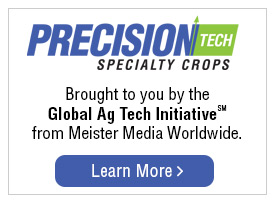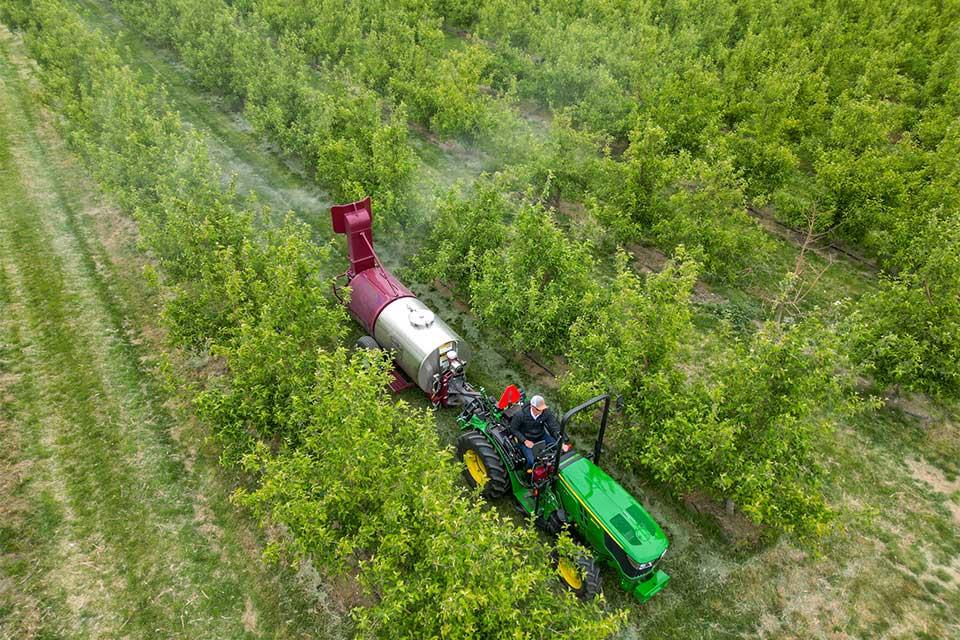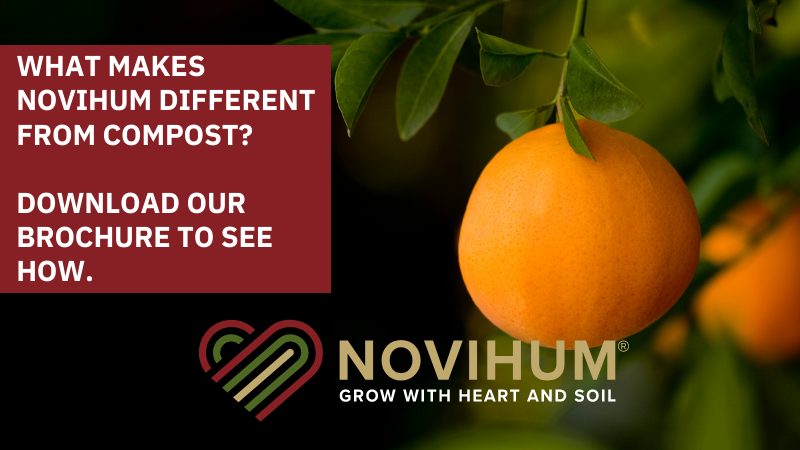Precision Spraying Reaches New Heights for Crop Protection

Precision spraying enabled by lidar (light detection and ranging) optimizes crop protection while reducing chemical use and associated costs by an average of 50%, according to a manufacturer of the remote-sensing technology.
The Intelligent Spray Control System, made by Indianapolis-based Smart Apply, is not a sprayer, per se, the company’s President and CEO, Jerry Johnson, says. Instead, the kit can be installed on almost all new or used air blast, over-the-row, and GUSS autonomous sprayers.
“This is a major advancement as growers can upfit an existing sprayer or add to the new sprayer of their choosing,” Johnson says. “Once upfitted with a Smart Apply System, the continuous spray action is replaced with our system’s lidar-enabled precision spraying of individual trees and vines based on size and foliage density. If Smart Apply’s lidar doesn’t sense anything, it does not spray. It automatically pauses at blank spots in a row and during row or section changes.”
In side-by-side tests with conventional air blast sprayers, the system’s coverage is nearly identical while using far less chemicals and with minimal drift and run-off, Johnson says.
Data collection allows the Smart Apply system another advantage over conventional sprayers, according to Johnson. As the system sprays, it collects data, including date and time of the spray event, volume of chemicals applied and savings, tree/vine counts, orchard/vineyard health, and operator performance.
The data is uploaded to the cloud, and the resulting digital record can be used by growers to support operations and provide documentation for regulatory and sustainability requirements. Growers can choose to upload their data to the John Deere Operations Center for more benefits.
“No other air blast sprayer has this capability, which is why manufacturers like Progressive Ag, which makes LectroBlast Sprayers, is now doing factory installations of the Smart Apply System,” Johnson says. “Our precision spray and data capabilities is a competitive advantage for them.”
Smart Apply’s system runs off an app. Once a spray session is programmed, the operator only has to drive.
“They don’t worry about turning the sprayer on and off, adjusting speeds, etc. Smart Apply does it for them,” Johnson says. “Our automation reduces unintentional spraying errors in that it won’t double-spray a row or miss spraying rows. The operator simply tracks progress on their tablet screen.”

Precision spraying in action. An LectroBlast sprayer, equipped with Smart Apply’s Intelligent Spray Control System, makes its way through an orchard. Photo courtesy of Smart Apply
Autonomous Arena
Johnson calls his company’s association with GUSS sprayers the “ultimate in automation for large operations.”
“Smart Apply is agnostic — we like all air blast sprayers,” he says. “Seriously, though, different crops require different sprayer formats. Vineyards, for example, prefer over-the-row sprayers. Corporate growers are looking hard at GUSS because of the labor savings. Other growers love their traditional air blast sprayers. Since Smart Apply is a kit, we elevate the performance of any sprayer our system is added to, new or used.”
Precision farming has evolved to the “minor crops” in sprayers, with the “major crops” having taken the lead at first, Paul Licata, the President of equipment distributor BDi Machinery, says.
“There are UI (user interface) dashboards and sensors available to accessorize your sprayer and take advantage of data-driven spray applications, based on tailoring application rates, canopy density sensors, GPS, etc.,” Licata says. “Although the smaller grower is challenged to justify an ROI, as the technology continues to evolve, economies of scale will reduce costs.”
In Penticton, BC, automation is “definitely a part of our product roadmap,” Slimline Manufacturing President Daryll Lowry says.
“Many growers have begun integrating automated systems into their spraying operations. These systems range from semi-autonomous sprayers that require minimal human intervention to fully autonomous drones and ground vehicles capable of executing complex spraying tasks independently,” Lowry says. “We recognize the critical role that advanced technologies play in the future of agriculture and are committed to developing innovative solutions that meet the evolving needs of growers.










